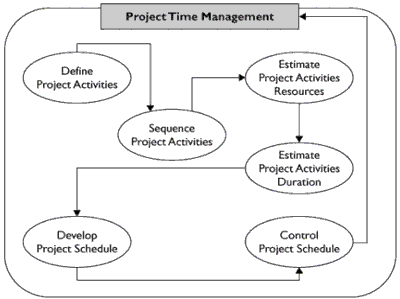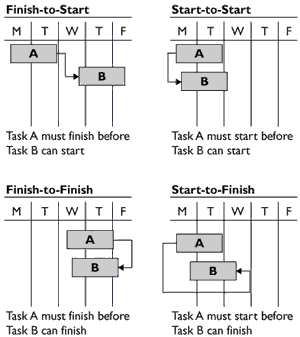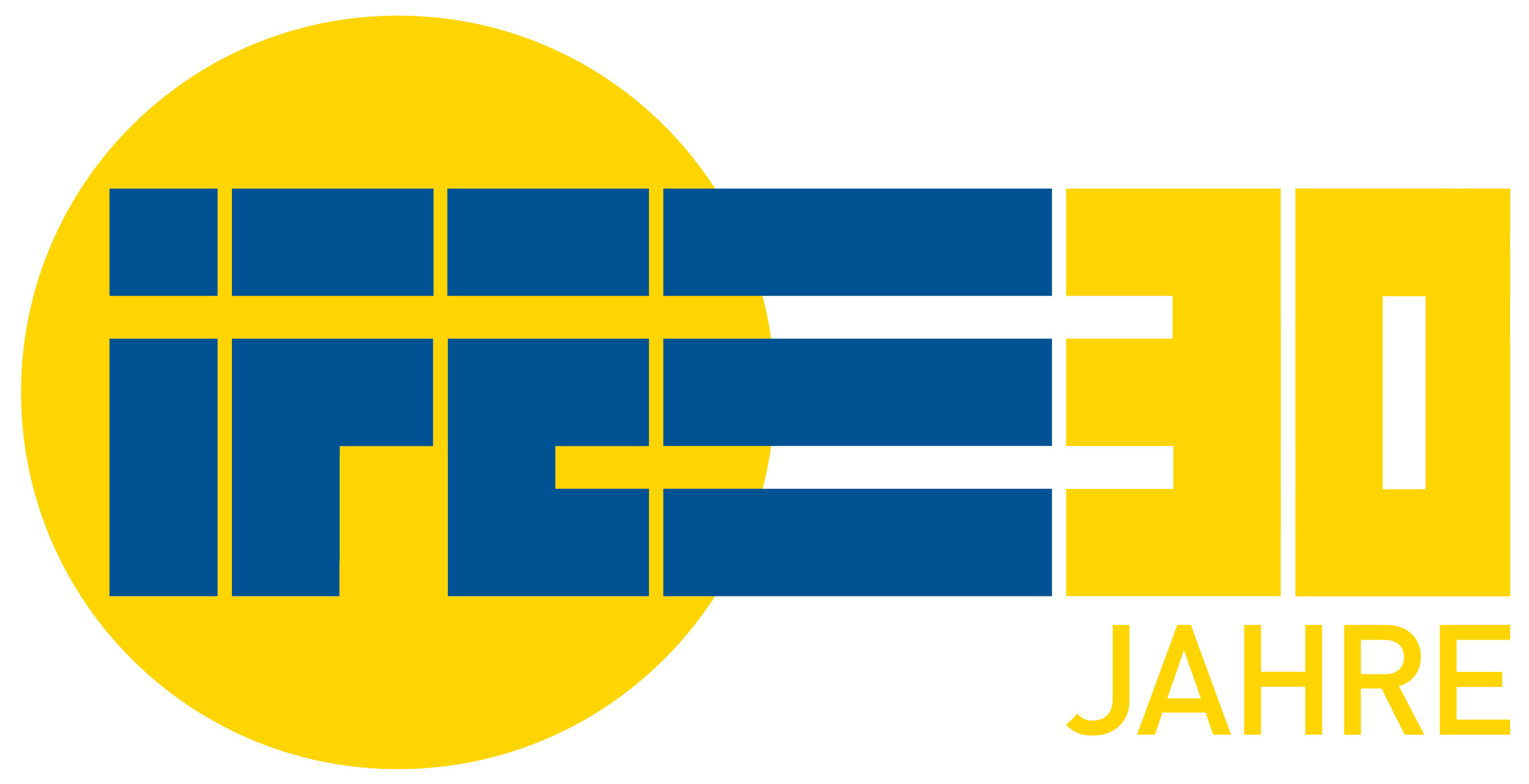Version [18214]
Dies ist eine alte Version von PmTimeCostQuality erstellt von RonnyGertler am 2012-12-12 17:41:14.

Time, Cost & Quality Management
Inhalte von Prof. Dr. Kurt Englmeier
Project Time Management
Projects are temporary undertakings to create a unique product or service. The idea of time is inherent to the very definition of a project in that all projects are temporary. Even though they may seem to last forever, sooner or later they must end. Adequate planning of the temporary project can predict when a project will end. Within this short, limited time, the project manager must create something: a product or a service. The creation is about change—and change, as you may have guessed, takes time.

Time management relies on several inputs to monitor and control the project schedule.
Creation of the product or service comes about due to the work the project team completes. The sum of the time of the work equates to when the project is completed. In addition to the duration of activities, there are other factors of time to consider, such as the following:
● Project management activities
● Planning processes
● The sequence of activities
● Procurement
● Reliance on internal and external events
● Known and unknown events affecting the project
Sequencing Project Activities
Now that the activity list has been created, the activities must be arranged in a logical sequence. This process calls on the project manager and the project team to identify the logical relationships between activities and the preferred relationship between those activities. This can be accomplished in a few different ways.
The precedence diagramming method (PDM) is the most common method of arranging the project work visually. The PDM puts the activities in boxes, called nodes, and connects the boxes with arrows. The arrows represent the relationship and the dependencies of the work packages. The following illustration shows a simple network diagram using PDM.

Relationships between activities in a PDM constitute one of four different types:
Finish-to-start (FS) This relationship means Task A must be completed before Task B can begin.
Start-to-start (SS) This relationship means Task A must start before Task B can start. This relationship allows both activities to happen in tandem.
Finish-to-finish (FF) This relationship means Task A must complete before Task B does. Ideally, two tasks must finish at exactly the same time, but this is not always the case.
Start-to-finish (SF) This relationship is unusual and is rarely used. It requires that Task A start so that Task B may finish.

CategoryPmMa

